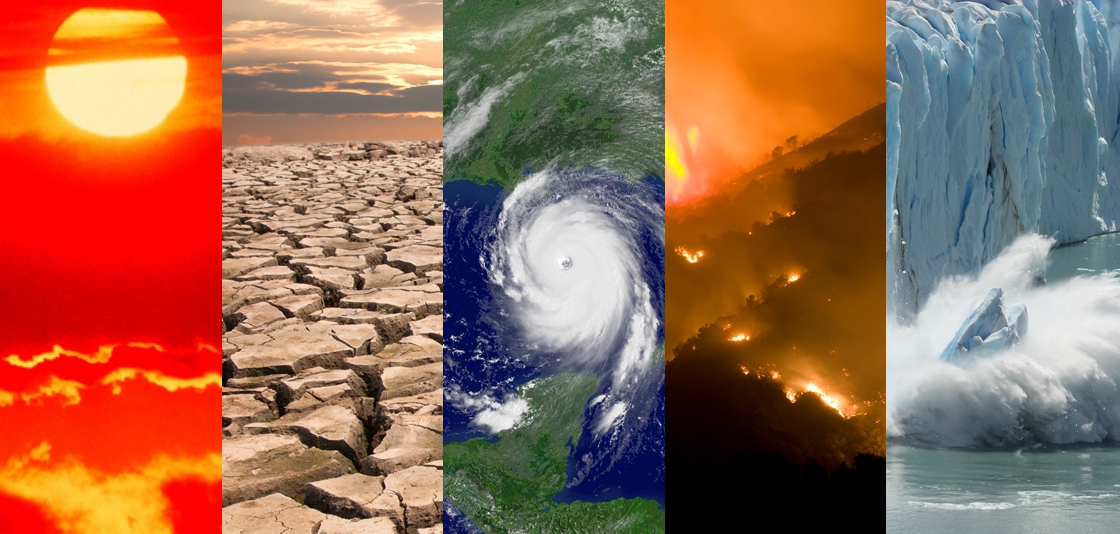Climate change is causing significant shifts in weather patterns worldwide, leading to a phenomenon known as climate migration. This issue arises when extreme weather events, rising sea levels, droughts, and other environmental changes force people to leave their homes in search of safer and more stable living conditions.
Causes of Climate Migration
- Extreme Weather Events: Hurricanes, floods, and wildfires are becoming more frequent and severe due to climate change, displacing communities who can no longer safely inhabit affected areas.
- Rising Sea Levels: Coastal communities are particularly vulnerable as sea levels rise, leading to flooding and saltwater intrusion that make areas uninhabitable over time.
- Drought and Desertification: Prolonged droughts and desertification reduce arable land and water resources, compelling agricultural communities to migrate in search of livelihoods.
Impacts and Challenges
- Humanitarian Crises: Climate migrants often face humanitarian crises, including food and water shortages, lack of shelter, and inadequate healthcare in resettlement areas.
- Social and Economic Disruption: Migration strains infrastructure and resources in host communities, exacerbating social tensions and economic disparities.
- Legal and Policy Issues: Many climate migrants lack legal protections and face challenges in accessing asylum or resettlement due to the unprecedented nature of climate-related displacement.
Addressing Climate Migration
- Mitigation Strategies: Implementing climate mitigation measures, such as reducing greenhouse gas emissions and promoting sustainable development practices, can help mitigate the drivers of climate migration.
- Adaptation Measures: Developing resilience strategies and infrastructure to protect vulnerable communities from climate impacts can reduce the need for migration and support those who must relocate.
- Global Cooperation: International cooperation is essential to address climate migration, including supporting affected communities, improving data collection and forecasting, and establishing legal frameworks to protect climate migrants’ rights.
Conclusion
Climate migration is a complex and urgent issue exacerbated by climate change. Addressing the root causes and supporting affected communities with comprehensive strategies are crucial steps toward mitigating its impacts and ensuring the safety and well-being of climate migrants globally.




